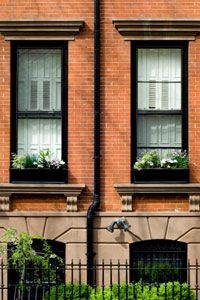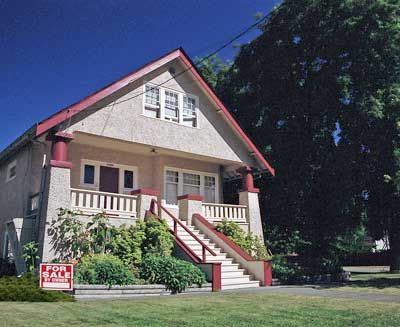A garden-level apartment is considered to be generally situated between a basement and first floor, so that people standing up inside it would find their heads at or around street level. Found in brownstones and buildings across America, street-level homes have come in and out of vogue several times over the years.
In the post-World War II era, young people left their family homes for the urban workforce, and the basements remodeled to fit this growing need for housing resulted in what's now known as the classic garden-apartment style. Think here of the Kelly Girls and other members of the female working class born during the war.
Advertisement
The '70s, in chic and growing New York neighborhoods like Chelsea and the Meatpacking District, saw garden-levels reinvigorated. The metropolitan, street-level effect -- imagine the thousands of fellow city-dwellers passing by each day -- was seen as artsy and trendy.
"Garden level" is often thought of as a euphemism for "basement" (or "dungeon"). But with interest in city life now spreading to areas once considered superfluous to the downtown set -- Brooklyn and the Outer Boroughs, for example, or the revitalization of Haight-Ashbury in San Francisco for another -- we're seeing these classic spaces restored in all manner of ingenious ways for a more modern style of living.
In real estate, as with anything else, everything old is eventually new again. In the case of garden-level apartments, we see revitalization of neighborhoods that have lost their one-time luster: That means new entertainment districts, hot neighborhoods and restaurants blooming on once-historical sites. Those classic brownstone neighborhoods have become hip again, and all the basement and garden-level apartments they contain now mean access to the nightlife just outside your door.
Let's take a look at some of the basic qualities of garden-level properties and the quality of life you can expect from this kind of residence.
Advertisement




